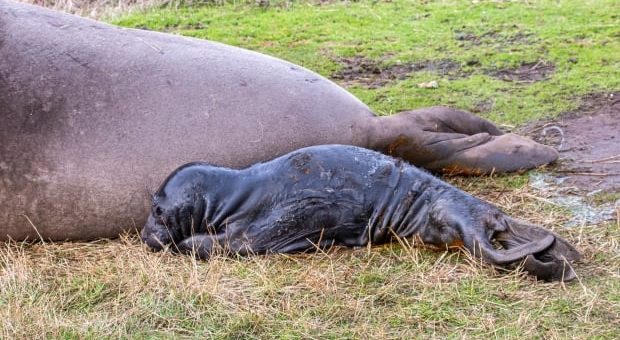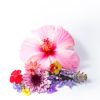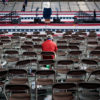
On the remote shores of the wild Great Race Rocks Island, Derek Sterling immortalised a rare glimpse of the miracle of marine life — the birth of a baby northern elephant seal.
Sterling, the only person on the otherwise uninhabited island, recently filmed the moment the seal was born on a rocky outcrop about 20 kilometres southwest of Victoria in the Strait of Juan de Fuca.
“This is the first time I’ve had the opportunity to actually view the birth of an elephant seal,” said Sterling, an ecoguardian tasked with maintaining the island, a protected ecological reserve, and monitoring its marine life.
“I loved being there and seeing something this amazing.”
Getting ready
A few days before the big reveal, Sterling said the mother “galumphed” away from the water and up to the central part of the island, settling just 10 metres away from his kitchen door.
Elephant seals typically give birth from December to February and Sterling knew exactly what her arrival meant.
“I know it sounds funny, but you get to know [the elephant seals’] sounds and their emotions,” he said.
“They’re rather chatty and soon as I heard the tones of the chats changing, that’s when I prepared to get the camera ready.”
A volunteer ecoguardian witnessed the birth of a northern elephant seal pup just metres from his kitchen window on Great Race Rocks Island.
Great Race Rocks Island is the largest of six islands in the Race Rocks area that’s home to a bountiful array of marine life. It’s also where the second-oldest lighthouse in Western Canada was built in 1860.
The island, which can only be reached by boat, is managed by Pearson College UWC, a two-year pre-university school for students taking an International Baccalaureate with an outdoor experiential focus, about 26 km southwest of Victoria.
The islands are known as the “Galapagos of the North,” thanks to the rich variety of marine mammals, sea birds, fish, sea grass and algae that can be found there, the college said in a statement.
“The reserve is an unparalleled outdoor marine biology classroom for Pearson students from across Canada and around the world who visit under carefully managed circumstances,” according to the statement.
No one was immediately available from Pearson to comment.
Sterling, who’s been on the island periodically for the past two years, is currently living there for six months as the lone ecoguardian hired by the college to oversee the Parks Canada heritage site.
“An opening came up to do six months straight, and I took it because these months are when [the seals] come up to give birth,” he said.
The mother seal can be heard moaning or barking in the video and a nearby seal joins in after the birth of the pup.
Sterling said an array of sounds regularly keep him company. In the fall and winter months, there’s an endless cacophony of roars from colonies of seals milling about their breeding grounds along the rocky coast. The species include California sea lions, harbour seals, and of course, northern elephant seals.

Northern elephant seals are the largest seals in the Northern Hemisphere. They’re typically found in the eastern and central North Pacific Ocean — as far south as Mexico and as far north as Alaska. They can range in size between three to four metres and weigh 1,300 to 1,400 pounds, according to the U.S.-based National Oceanic and Atmospheric Administration. They live to be 13 to 19 years old.
Large colonies usually arrive in the Race Rocks area to rest and breed in mid- to late-December.
“These females showed up later than I expected,” Sterling said, noting storms may have slowed down the travelling herds.
In the past, there have been three to five northern elephant seal births a year on the island, Sterling said, adding that’s what he’s expecting, although he hopes there will be more.
More births expected
“As we speak, I’m actually keeping an eye on another female that arrived yesterday. She seems uncomfortable, so I have my gear set up in case the pup comes soon.”
Sterling said there have been multiple requests to visit the island and the birthing colonies. He advises anyone interested to watch the island’s live webcam stream.
“Access to the island is restricted because of the animals that are nesting here.”
He said there’s never a boring day and he’s grateful to have the experience.
There’s “just a lot going on all the time,” he said, adding the roars and chirps are endless from dawn to dusk.
“Sometimes I sit outside and just listen to everything. It’s amazing to experience.”










